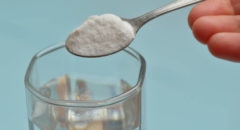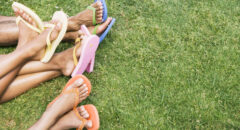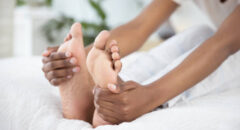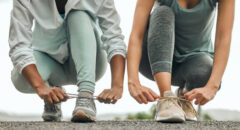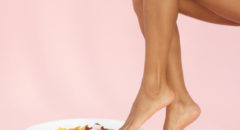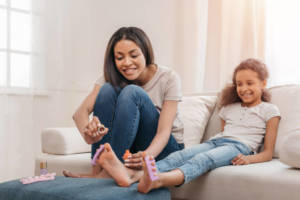 Well, it is almost summer time and many women and men alike are getting pedicures. What is a pedicure?
Well, it is almost summer time and many women and men alike are getting pedicures. What is a pedicure?
Well according to the dictionary, this is...
Word Origin and History for pedicure
n.
1839, "one whose business is surgical care of feet" (removal of corns, bunions, etc.), from French pédicure, from Latin pes (genitive pedis) "foot" (see foot (n.)) + curare "to care for," from cura (see care). In reference to the treatment itself, attested from 1890; specifically as a beauty treatment, from 1900.
Pedicures are enjoyed by many but not necessarily safe for all. While they can be enjoyable, relaxing and leave the feet feeling great, here's what you should be aware of concerning pedicures. There are some groups of people that should be very careful: diabetics, the elderly, and children.
If a person has diabetes they may have diabetic neuropathy--the inability tosense pain or light touch due to increased blood sugars over time, which can vary from patient to patient. Some diabetics can have diabetic neuropathy and be totally insensate and not even feel something as sharp as a knife entering the foot--Hence, the danger of pedicures with sharp tools such as metal exfoliators, sharp cuticle nippers.
Some may have diminished sensation and feel some pain, but very little. Neuropathy is the is the number one reason for amputation amongst diabetics. Because sensation can be diminished, water temperature is of concern. Burns can occur when a person lacks the ability to sense hot temperature temperatures.
Diabetics are also more prone to foot infections. When infected in the foot diabetic tend to attract different and multiple types of bacteria. Blood sugars can delay wound healing, affect circulation and lead to amputation in the worst case
Sharp instruments can also be of concern as well. It is recommended to push back cuticles but not to trim them with sharp instruments.
In the elderly similar concerns are present--such as thin skin and poor circulation.
In general, children should only have their toenails professionally painted and filed at best. Children being exposed to harsh chemicals may not be so safe. And with all pedicures, the cuticles should not be cut. The cuticle is designed to prevent infection and should not be trimmed.
Tips for having a safe pedicure
- Take note of the salon
- Are the chairs being wiped down in between clients?
- Are the metal instruments coming out of a single use individualized pack or antibacterial and fungicidal cleansing solution?
- The files, buffers and orange sticks should be disposable.
This helps the spread of nail fungus and bacteria.
Another recommendation would be to bring one's own nails polish. In some cases, fungus can be spread from nail polish to the toes.
So the next time you have a pedicure, remember these reminders!

Dr. Monique Renee Rolle, DPM, MEd, AACFAS is an Associate of the American College of Foot and Ankle Surgeons, member of the American Diabetes Association, Virginia Podiatric Medical Association, American Podiatric Medical Association, & Owner/Podiatrist of Lansdowne Podiatry with locations in Leesburg, VA and on Capitol Hill. She is also an entrepreneur with her own foot product line, Dr. Mo's Products. You can follow her on social media @drmrolle, @doctormosproducts, www.facebook.com/LansdownePodiatry.



